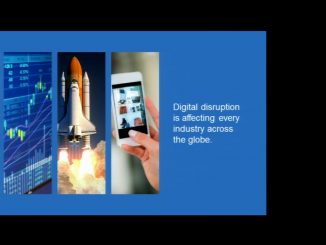Videos on Scrum and Agile Project Management
Many people, even the people supposedly using Agile, have too much work to do. You have project work. You have support work, formal for customer support or sales, and informal for your colleagues. You have reports to write or file, time cards to fill out, or other periodic events. You know your multitasking is slowing down your work, making you crazy, and making it difficult to deliver your best work. You need a way to say no to more work.
Agile and Scrum were supposed to free us from management: self-organized, cross-functional teams who get stuff done without that old-guard hierarchy. In this fauxtopia, some software developers were more equal than others. Can we get the healthy parts back without the Lumberghs? To bring back healthy engineering management, we must first de-mystify and de-stigmatize the concept of management.
Imagine you are asked to sit in on a team’s sprint review and retrospective. The team has been having difficulty forming and the Scrum Master has asked you to observe the team dynamics during these two sessions. Are you simply going to watch what’s going on or is there more you can do? Perhaps you are seeing interactions and team dynamics at play without truly realizing what you are observing.
Are you sick of seeing your Scrum team treated as a sausage machine for turning user stories into code? Can your software developers only talk about how long something will take, or how exactly it will be built?
The presentation demonstrates why SAFe (Scaled Agile Framework) is the most widely adopted agile scaling framework. SAFe’s practices have evolved from Agile practices and methods, Lean product development, systems thinking, and observation of successful enterprises. This presentation introduces the Scaled Agile Framework (SAFe version 4.5), including its core values, principles, and practices, along with a roadmap for implementation.
Merete Munch Lange believes that all collaboration between people boils down to one word: trust. So how do you infuse trust in an Agile team to achieve a better teamwork? It can’t be bought, it has to be build. There are some universal ways to build trust in a Scrum team and to help improve its performance. In this short presentation, Merete Munch Lange shares some of the things that have worked for her and her teams to build trust for a better teamwork.
In this era of Agile development, we hear a lot about different styles, flavors and even frameworks. When you have the experience of facilitating the Agile journey in big as well as small companies, one thing that you will learn is that one size does not fit all. The only thing that seems to be working is what the presenter choose to call polyglot Agile, being able to “speak” different languages with different teams within the same company.








